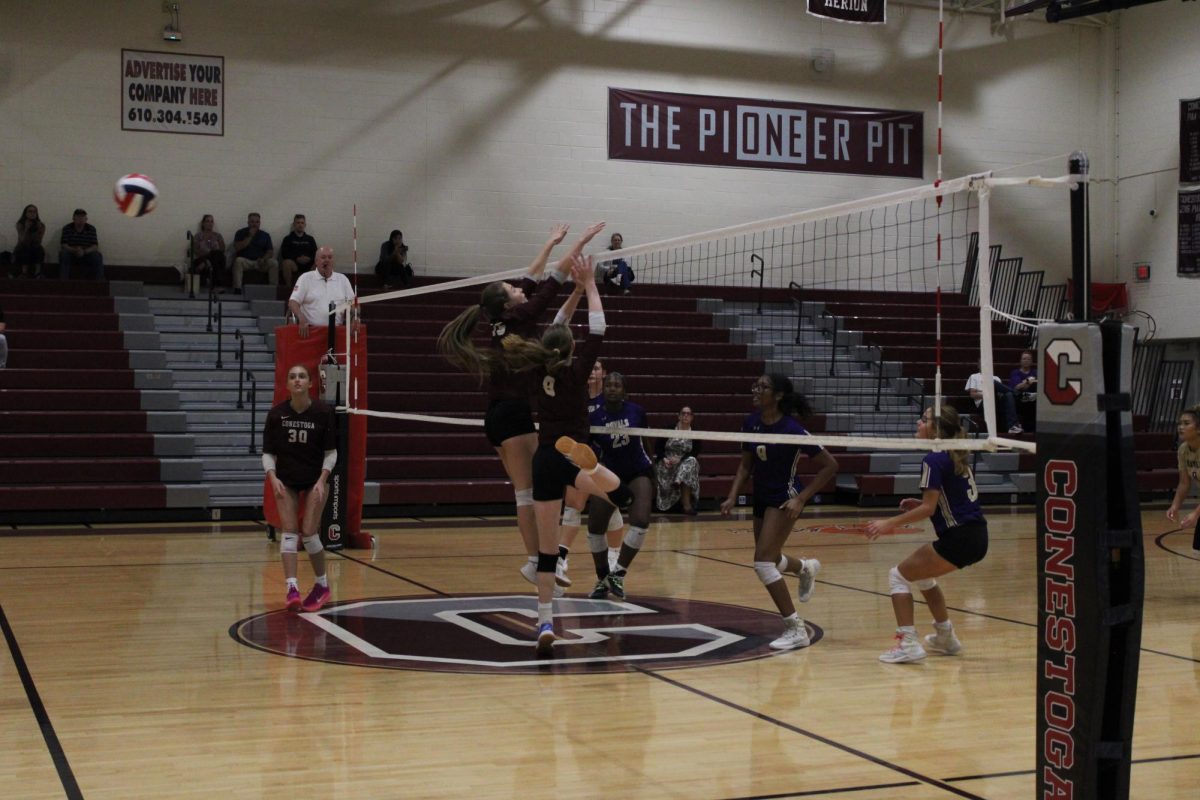By Raima Saha, Co-Design Editor
180%.
According to the National Center for Education Statistics, this is how much colleges have raised tuition rates since 1980. The total cost of college back then, including tuition, food and board, was $10,231. But these costs rose to $28,775 by the 2019- 20 school year. With the cost of college ballooning at an alarming rate, wages have not been able to keep up, only increasing 19% since 1980. Such disparities make college students unsure of how they will be able to pay for their education when they face that first bill, contributing to the problems of tuition costs, which impact students beyond finances.
One concern with rising college tuition is that enrollment rates are likely to decrease. To some, a lifetime of student loan debt does not seem worth attaining what some deem the golden ticket to a prosperous and fulfilled life. This includes racial and ethnic minority groups, who already see lower enrollment rates than white people due to higher education in the past. According to The Society for College and University Planning, increasing costs are more likely to negatively influence students of underrepresented backgrounds, contributing to less diverse student composition on college campuses and to the racial gap prevalent in the United States.
Additionally, an often overlooked impact of rising college tuition is that basic needs aren’t met. For many, finances are strained, causing some students to make the choice between a meal or a textbook, affecting their college experience. Boise State University found that around one in three college students in the U.S. lack stable housing and enough to eat. Such conditions can negatively impact health and in turn inhibit academic success, hindering students’ goals and aspirations.
Financial stress also leads to poor mental health. Krysia N. Mossakowski of the University of Hawai’i at Manoa states that mental health specialists are finding that current college students experience more stress and higher financial burdens than those of previous generations. Mental health is a large factor for academic success, and a poor mental state due to financial stressors could limit a student’s success. However, colleges justify these increased costs by funding robust facilities and an endless array of resources. To stay competitive and appeal to students, colleges spend millions of dollars to upgrade amenities to ensure they are current and cutting-edge. Ironically, much of this money goes into implementing resources to combat increasing mental health problems, many of which are caused by steep rates that these schools charge to enact these programs.
While not an easy problem to solve, there are ways that colleges can help alleviate the burden on students, such as working with peer institutions to reduce costs. Peer institutions are a group of schools used for comparative analysis and benchmarking, and that often have similar goals, level of resources and student populations. These universities are competitive with each other, so by working together, they could negotiate better pricing for students.
Furthermore, some colleges offer fixed tuition rates, which let students agree on a fixed cost to pay with the institution for their tenure. This allows students to guarantee the cost of their education for all four years rather than having to pay according to the ebbs and flows of the economy. However, it is a gamble; if the price of tuition happens to dip, students will be stuck paying more money than what they bargained for.
For some, receiving an education is the key to social mobility and a better life. It offers many a clear path to pursue the American Dream, to achieve lifelong goals and secure a better future for themselves that may or may not have been available to their predecessors. To support this dream, it is important to keep the doors to higher education open for the expansion of our society socially, intellectually and culturally.
Raima Saha can be reached at [email protected].

























































































